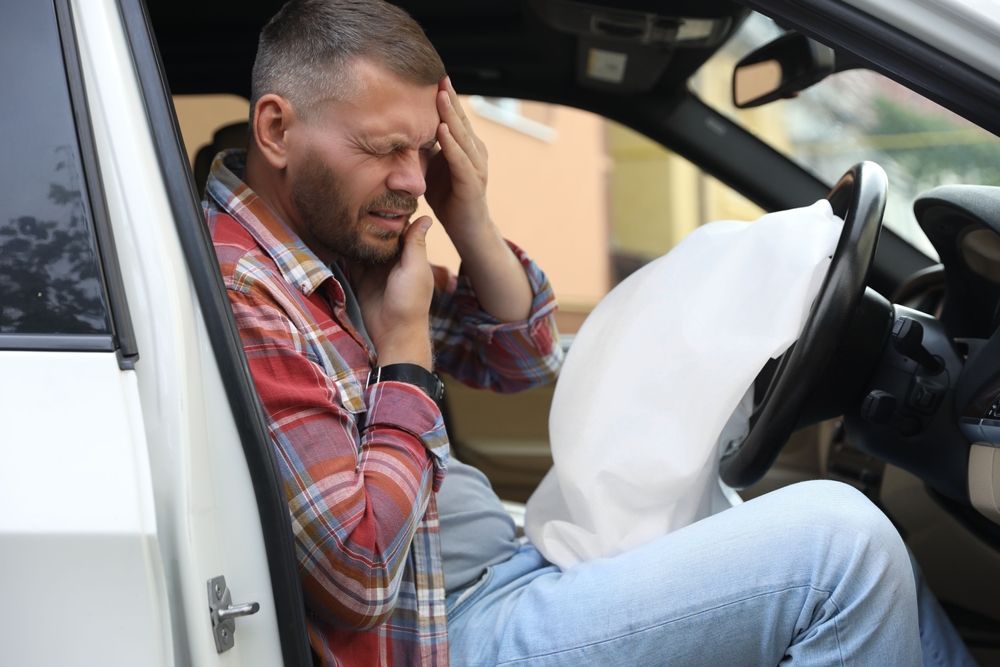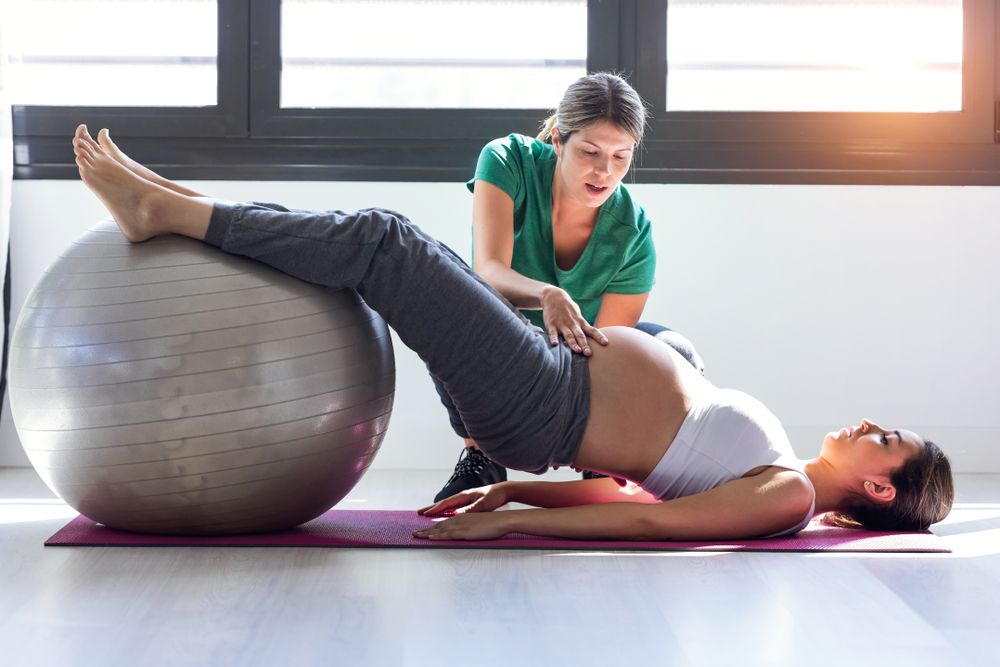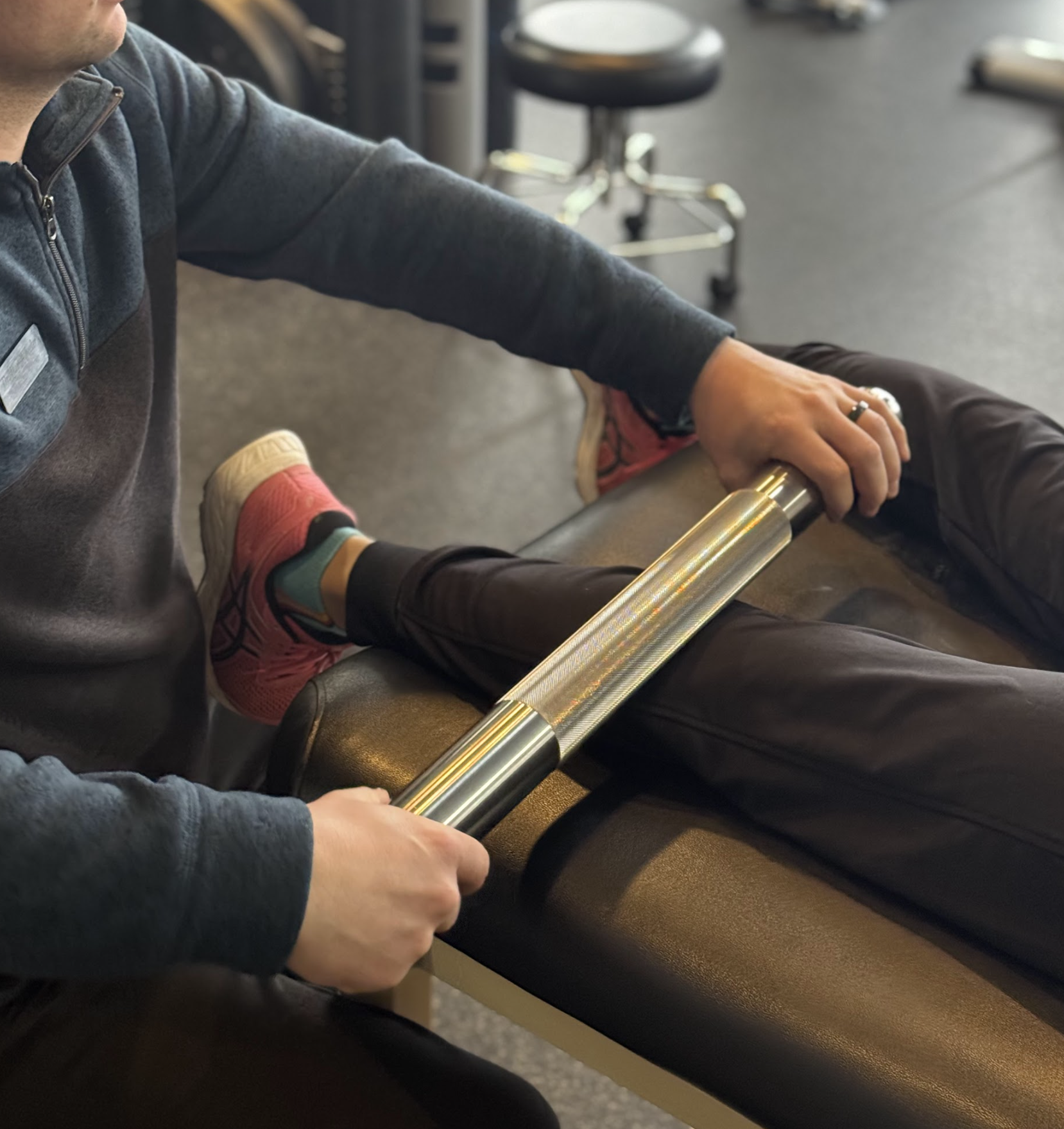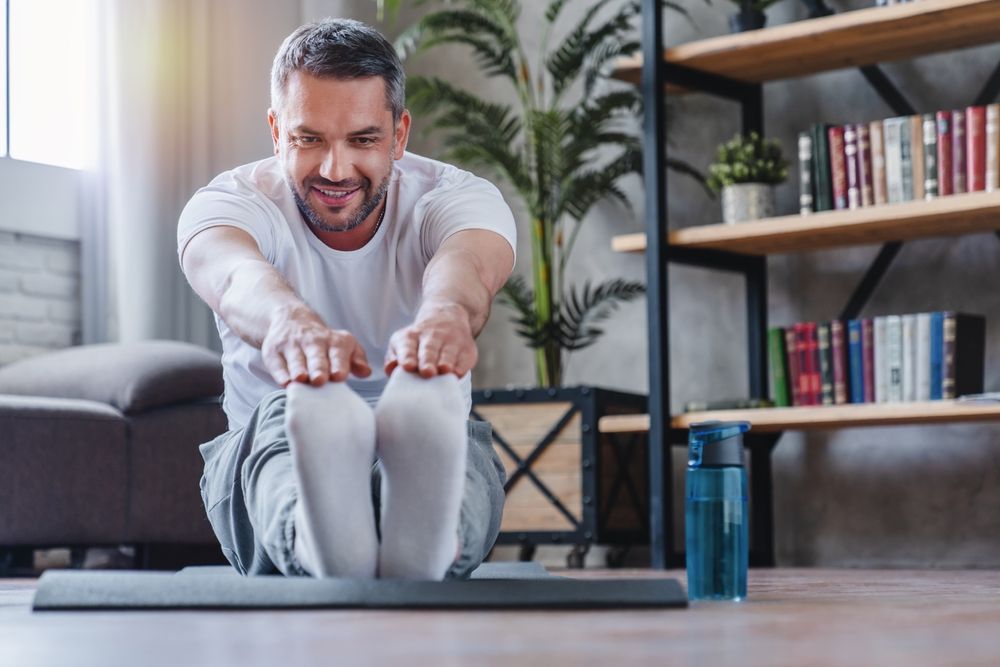Share this article:
Traveling with back pain presents a unique set of challenges, especially during long flights, road trips, or train rides. Sitting for extended periods, lifting luggage, and changes in routine can all aggravate existing discomfort. Fortunately, with the right preparation and simple adjustments, travel doesn’t have to mean added pain.
Choose the Right Luggage
Four-wheeled rolling suitcases reduce strain by allowing you to push rather than pull. Choose a lightweight model with a sturdy, adjustable handle to avoid bending or twisting your spine. Skip heavy duffel bags or shoulder straps, which can unevenly load your back. When traveling with back pain, the right luggage helps you move more efficiently and with less discomfort.
Pack Smart
Overpacking can turn even the best luggage into a burden. Stick to essentials and distribute weight evenly inside the suitcase to avoid shifting that strains your back during lifting or rolling. Place heavier items near the wheels to keep the bag balanced and stable.
If you’re bringing a backpack or personal item, choose one with padded straps and wear both straps to keep weight centered. Traveling with back pain requires minimizing load wherever possible.
Use a Supportive Travel Pillow
A good travel pillow supports the natural curve of your neck and upper spine, reducing strain during long periods of sitting. Choose one made of memory foam or an adjustable inflatable design that conforms to your posture. Avoid bulky pillows that push the head forward, which can create tension in the shoulders and upper back.
Wear Comfortable Footwear
Supportive shoes make a noticeable difference during travel, especially when walking through airports, standing in lines, or sitting for long stretches. Choose footwear with good arch support, cushioning, and a secure fit. Avoid heels, flip-flops, or worn-out shoes that can throw off your alignment and increase pressure on the lower back.
Slip-on styles can also make travel easier, reducing the need to bend or twist when putting on and taking them off.
Stretch Before You Leave
Taking five to ten minutes to stretch before heading out can loosen tight muscles and improve circulation. Focus on the lower back, hips, hamstrings, and calves, areas that tend to tighten during long periods of sitting. Simple movements like knee-to-chest pulls, pelvic tilts, or gentle spinal twists can help prepare your body for travel.
Starting off limber can make it easier to tolerate sitting and reduce stiffness later in the day.
Bring Portable Back Support
Seats in cars, planes, and trains often lack proper lumbar support. A small lumbar roll, inflatable cushion, or even a folded sweatshirt can help maintain the natural curve of your lower spine. Placing support at the base of your back reduces slouching and helps distribute pressure more evenly.
Adjust Your Seat for Optimal Support
Before settling in, take a moment to adjust your seat angle, height, and backrest. Aim for a position where your hips and knees are level, and your lower back feels supported. If you're driving, bring the seat forward enough to avoid overreaching for the pedals or steering wheel.
Small adjustments can make a big difference in reducing stress on the spine during long travel periods.
Take Frequent Breaks
Staying in one position too long can lead to stiffness and increased discomfort. If you're driving, stop every hour or two to stand, walk, and stretch. On flights or trains, take advantage of aisle walks or stand near your seat when it's safe to do so.
Even short breaks help relieve pressure on the spine and improve circulation, keeping pain from building over time.
Stay Hydrated
Dehydration can contribute to muscle cramps and joint stiffness, both of which can worsen back pain. Drink water regularly throughout your trip, even if it means more bathroom breaks. Avoid excessive caffeine or alcohol, which can dehydrate the body and affect circulation.
Practice Good Posture
Slouching or leaning to one side can increase pressure on the spine and surrounding muscles. Sit with your back against the seat, shoulders relaxed, and feet flat on the floor. Avoid crossing your legs, which can tilt the pelvis and lead to misalignment over time.
If you find yourself slumping, reset your position and engage your core to keep your spine aligned.
Use Heat or Cold Therapy on the Go
Portable heat wraps or cold packs can offer relief during long trips. Use heat to relax tight muscles or cold to reduce inflammation, depending on what typically works best for you. Many single-use options stay warm or cool for hours and fit easily in a carry-on or travel bag.
Apply for short periods while seated or during breaks to help manage pain throughout the day.
Avoid Heavy Lifting
Lifting heavy bags can quickly aggravate back pain, especially when twisting or bending at awkward angles. Use wheeled luggage whenever possible, and ask for help when loading items into overhead bins or car trunks. Break loads into smaller, manageable pieces rather than carrying everything at once.
Lifting with your legs and keeping items close to your body reduces strain and lowers the risk of a flare-up.
Do Gentle In-Transit Exercises
Simple movements can help keep muscles loose and circulation flowing during long travel periods. Try ankle pumps, shoulder rolls, and seated knee lifts while in your seat. If space allows, stand up and gently stretch your back, hamstrings, and hip flexors.
Schedule Time to Rest
Travel often comes with packed itineraries, but skipping rest can make back pain worse. Build in time to lie down, stretch, or simply take a break from walking or sitting. Even short periods of rest throughout the day can help reduce fatigue and prevent flare-ups.
Consult Your Healthcare Provider Before You Travel
If you have a history of back pain, speak with your provider before your trip. They can recommend specific stretches, prescribe medications if needed, or suggest supportive devices tailored to your condition. This preparation helps you travel more confidently and reduces the chance of setbacks while you're away.
Experience the difference at Advanced Physical Medicine of St. Charles. Our team offers personalized care and expert guidance to help you manage pain and move better, at home or on the road. See for yourself why our patients say we’re the best physical therapy and chiropractic office around.
Connect with Us:











